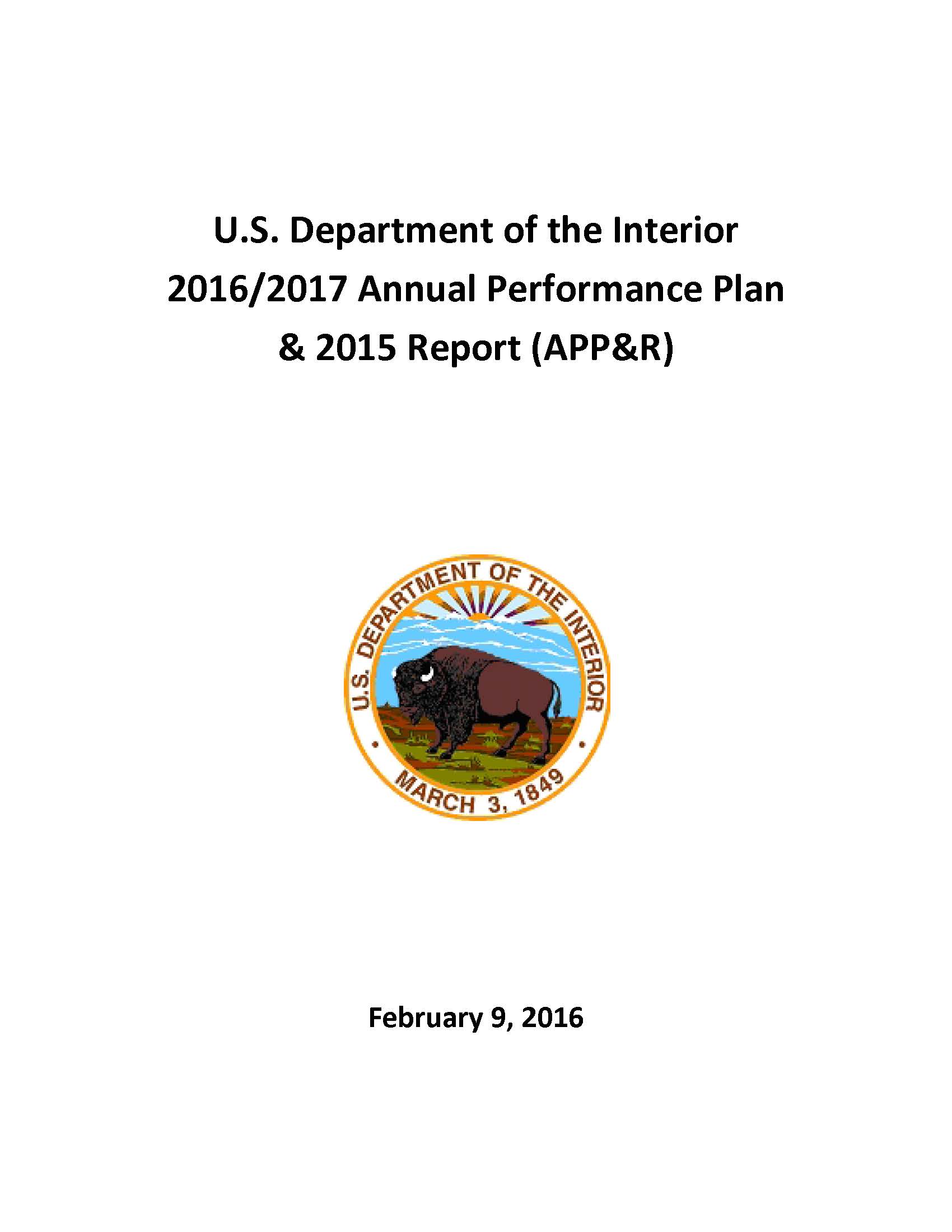Statement:
Water Conservation. By September 30, 2015, the Department of the Interior will further enable the capability to increase the available water supply for agricultural, municipal, industrial, and environmental uses in the western United States through Reclamation water conservation programs to 840,000 acre-feet, cumulatively since the end of FY2009.
Description:
Problem or opportunity being addressed
The Nation faces an increasing set of water resource challenges: aging water-related infrastructure, rapid population growth, depletion of groundwater resources, and climate variability and change. Shortages and water use conflicts have become more commonplace in many areas of the US, even in "normal" years. Water issues and challenges are especially increasing in the West, due to prolonged drought and population shift.Traditional water management approaches, by themselves, no longer meet today's need.Federal leadership is critical to widespread acceptance and implementation of effective conservation and recycling techniques.
Relationship to agency strategic goals and objectives
As the means for realizing one of the Secretary of the Interior’s key priorities for tackling the water challenges in the west, this goal will add to the achievements reflected in the Strategic Plan under the mission area to “Sustainably Manage Energy, Water, and Natural Resources.
Reclamation works collaboratively with non-federal, state, local and tribal governments, water districts, and other entities, on a cost-shared basis to implement projects that improve water management and result in water conservation in the 17 Western states. This includes projects to line unlined canals, install remote technology to allow for more accurate control over water deliveries, install new water measurement devices, and other projects that allow water users to decrease water diversions by increasing efficiency and operational flexibility. By conserving water that can be made available for other uses, these projects contribute to the goal by increasing the available water supply and contribute to Reclamation’s broader objective of achieving a more sustainable water supply.
A sustainable water supply is critical to address current and future water shortages; degraded water quality; increased demands for water from growing populations and energy needs; amplified recognition of environmental water requirements; the potential for decreased water supply availability due to drought, climate change, or decreased storage and delivery capacity; and water inequity for Indian tribes and rural communities disadvantaged by financial need or geographic isolation. Reclamation believes that water conservation, use of water markets, and improved efficiency are crucial elements of any plan to address western water issues. With leveraged water sustainability grants, an important step will be taken towards increasing conservation for a more efficient use of water in the West.
Key barriers and challenges
The primary challenges and risks that influence achievement of the Priority Goal include:
- The availability of data needed to measure water conserved.
- Water savings are heavily dependent upon applications submitted by project sponsors.
- State Water Laws (e.g., disincentives to water conservation).
- Ability to complete environmental compliance in a reasonable timeframe and cost.
- Local cost-shares (e.g., inability to meet cost-share requirements identified by respective program).
Stakeholder Engagement
This goal is a continuation of the FY 2012-2013 goal that was developed by the Reclamation Commissioner and the Assistant Secretary Water and Science as a means for helping achieve one of the Secretary of the Interior’s top priorities in addressing the water challenges facing the western U.S.
Programs that contribute to the Priority Goal for Water Conservation provide funding for improvements proposed, planned, and carried out by non-Federal entities with Reclamation’s assistance.Collaboration is therefore a crucial aspect of efforts to achieve this Priority Goal. Reclamation also incorporates stakeholder feedback into its conservation efforts by engaging stakeholders during program formulation and significant program revisions.For example, Reclamation made draft funding criteria for the Title XVI Program available for public review and comment in 2010 and incorporated feedback into final criteria.Similarly, the WaterSMART Strategic Implementation Plan was published in the Federal Register in March 2011 and comments were incorporated into the final document.Reclamation also routinely works with its partners at the State and local level through public outreach meetings, scoping committees, and through reporting and program oversight.
Learn More









